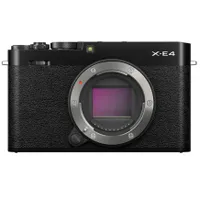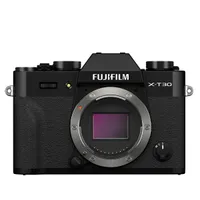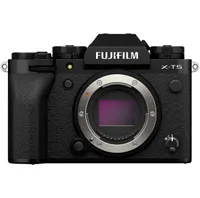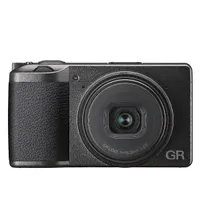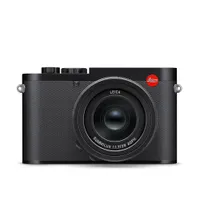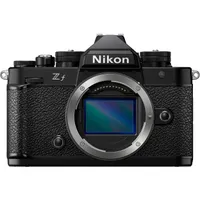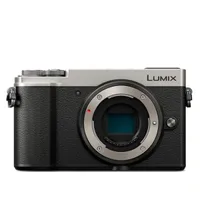Forget the Fujifilm X100VI - Here are 7 great alternatives that are actually available
The Fujifilm X100VI isn't the only compact camera in town
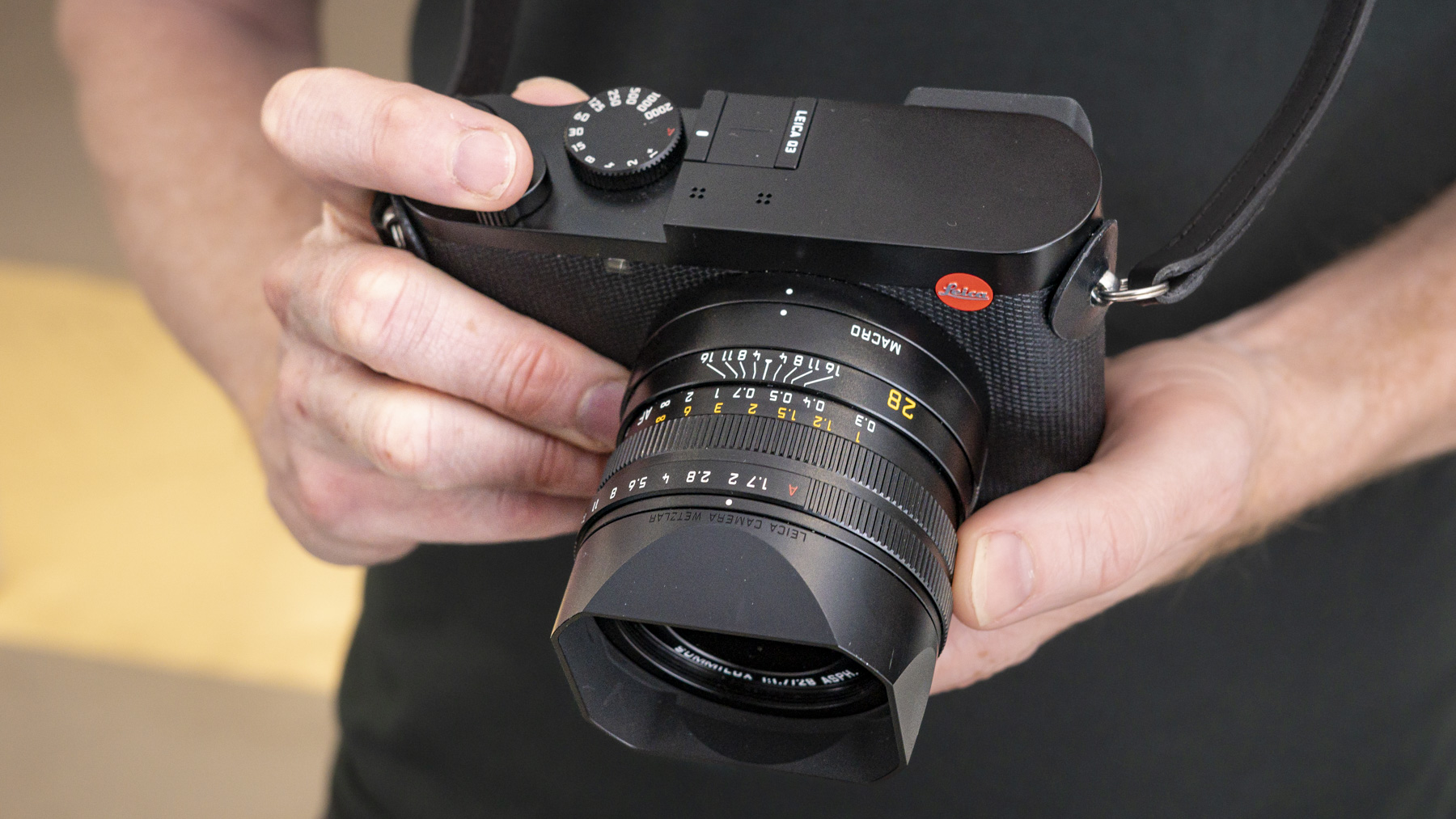
If there's one camera that's catching the attention of the wider world right now it's the Fujifilm X100VI. By all accounts, this stylish rangefinder is likely to be the most popular release of the year - so much so, in fact, that Fujifilm X1000VI preorders are currently facing months of backlogs.
Got your eye on this camera but don't want to wait? Don't fear - there are some fantastic alternatives right now that are arguably as good. While some may lack the certain je ne sais quoi that the X100VI exudes, there are some options right now that are lightweight, offer similar film presets, and are in some cases cheaper.
Firstly, there are plenty of decent older options from Fujifilm. These cameras still hold up great for 2024 and offer those coveted presets for film-like JPEGs straight out of camera. Just note, however, that second-hand prices for Fujifilm gear are massively inflated due to the brand's popularity.
Outside of Fuji, we're spoilt for choice with compelling options like the Ricoh GIII and Leica Q3 offering some of the best compact cameras on the market. In particular, the Ricoh offers a more budget-friendly option that's super easy to fit into any pocket - although it doesn't have those shiny film presets like the X100VI. Anyway, on with our top alternative recommendations just below - and be sure to swing by our freshly published Fujifilm X100VI review while you're here.
Three excellent Fujifilm alternatives
Read moreRead less▼
Fujifilm X-E4
Pros: small range-finder style body, film presets
Cons: EVF, 26MP sensor
The X-E4 is one of Fujifilm's sleek rangefinder-style bodies and possibly the best alternative to the X100VI if you need something super compact with similar film presets. The X-E4 is quite similar to the last-gen X100V with its 26MP sensor but it doesn't feature the same old-school optical viewfinder - only an electric viewfinder. Overall, it feels more modern than the X100VI but it does have the advantage of being an interchangeable lens body, which gives you plenty of options down the road.
Fujifilm X-E4: $1,159 / £1,069
Fujifilm XF 27mm f/2.8 R WR: $399 / £399
Read moreRead less▼
Fujifilm X-T30 II
Pros: cheap (for Fujifilm), film presets, built-in flash
Cons: SLR-style body, 26MP sensor, EVF
The X-T30 II is one of the cheaper Fuji options on the second-hand market right now so it could be a good budget alternative to the X100VI if you're dead-set on getting those JPEG presets. It's a last-gen model and one that's outwardly different in its design (it's an SLR-style body), but it's another relatively small Fuji model that's perfect for street and travel - plus, it has a built-in flash. Check out our Fujifilm X-T30 II review for more details.
Fujifilm X-T30 II: $899 / £774
Fujifilm XF 27mm f/2.8 R WR: $399 / £399
Read moreRead less▼
Fujifilm X-T5
Pros: same sensor, presets, autofocus
Cons: bigger and heavier, pricey
The Fujifilm X-T5 is the closest match to the X100VI when it comes to outright specs currently. This flagship camera features the same 40MP sensor, image stabilization, and advanced autofocus as the X100VI so it's a good choice if you're looking for cutting-edge features. The downside, however, is that the X-T5 is much bulkier with its distinct grip and SLR-style body and it's also on the pricey side, being one of Fuji's more recent entries. Check out our Fujifilm X-T5 review for more details.
Fujifilm X-T5: $1,699 / £1,449
Fujifilm XF 27mm f/2.8 R WR: $399 / £399
Excellent alternatives from other brands
Read moreRead less▼
Ricoh GR III or GR IIIx
Pros: portable, super-sharp lens, great value
Cons: no viewfinder, plastic build
Ricoh's GR III and GR IIIx are incredibly popular right now and it's easy to see why. Not only are they some of the smallest APS-C cameras you'll find on the market but they're capable of outputting some incredible images thanks to their super-sharp 28mm and 40mm equivalent lenses. Pound for pound, these cameras are a great buy if you're looking for a lightweight everyday shooter, just note that they only feature a back LCD display and autofocus performance lags behind the latest Fujis.
Read moreRead less▼
Leica Q3
Pros: build quality, incredible 28mm lens
Cons: price (duh), EVF
Are your pockets overflowing with cash? Don't buy an up-charged X100VI on eBay - buy yourself a Leica Q3 instead. Obviously, a $5,000 camera isn't for everyone but the Q3 is good value in a perverse way that will only make sense to Leica shooters. The Summilux 28mm f/1.7 lens attached to the Q3 costs over $4,000 by itself, offers superlative image quality, and comes attached to an outstanding 60MP full-frame sensor with autofocus. All-in-all, the Q3 is an incredible compact camera and an aspirational purchase for many photographers. See our Leica Q3 review for more details.
Read moreRead less▼
Nikon Zf or Nikon Zfc
Pros: retro looks, competitive specs
Cons: bigger lenses, no film presets
Nikon's recently leveraged its old-school heritage by bringing to market two fantastic retro bodies - the APS-C Zfc and the full-frame Zf. Of the two, the Zf is the most competitive with the X100VI right now thanks to its excellent autofocus, video capabilities, and rugged build quality. It is, however, much bulkier than the Fujifilm when you pair it up with the larger full-frame lenses. It also doesn't feature those Fuji presets that yield fantastic film-like results straight-out-of-camera. Check out our Nikon Zf review for more details.
Read moreRead less▼
Panasonic Lumix GX9
Pros: affordable, huge lens selection, small
Cons: no weather sealing, a bit older
If you're on a budget and want a super compact setup, don't overlook the Panasonic Lumic GX9. This range-finder style body is a little older now but it's readily available on the second-hand market at pocket-friendly prices. Paired up with an excellent selection of cheap (and incredibly compact) micro four thirds lenses, the GX9 is a great budget option for street and travel. Downsides for the GX9 include its lack of weather sealing, less advanced autofocus, and lack of JPEG presets, which means you'll have to rely on post-processing to make your photos 'filmic'. Check out our Panasonic Lumix GX9 review for more details.
Panasonic Lumix GX9: $869 / £514
Panasonic 20mm f/1.7 II: $254 / £229
Honorable mentions
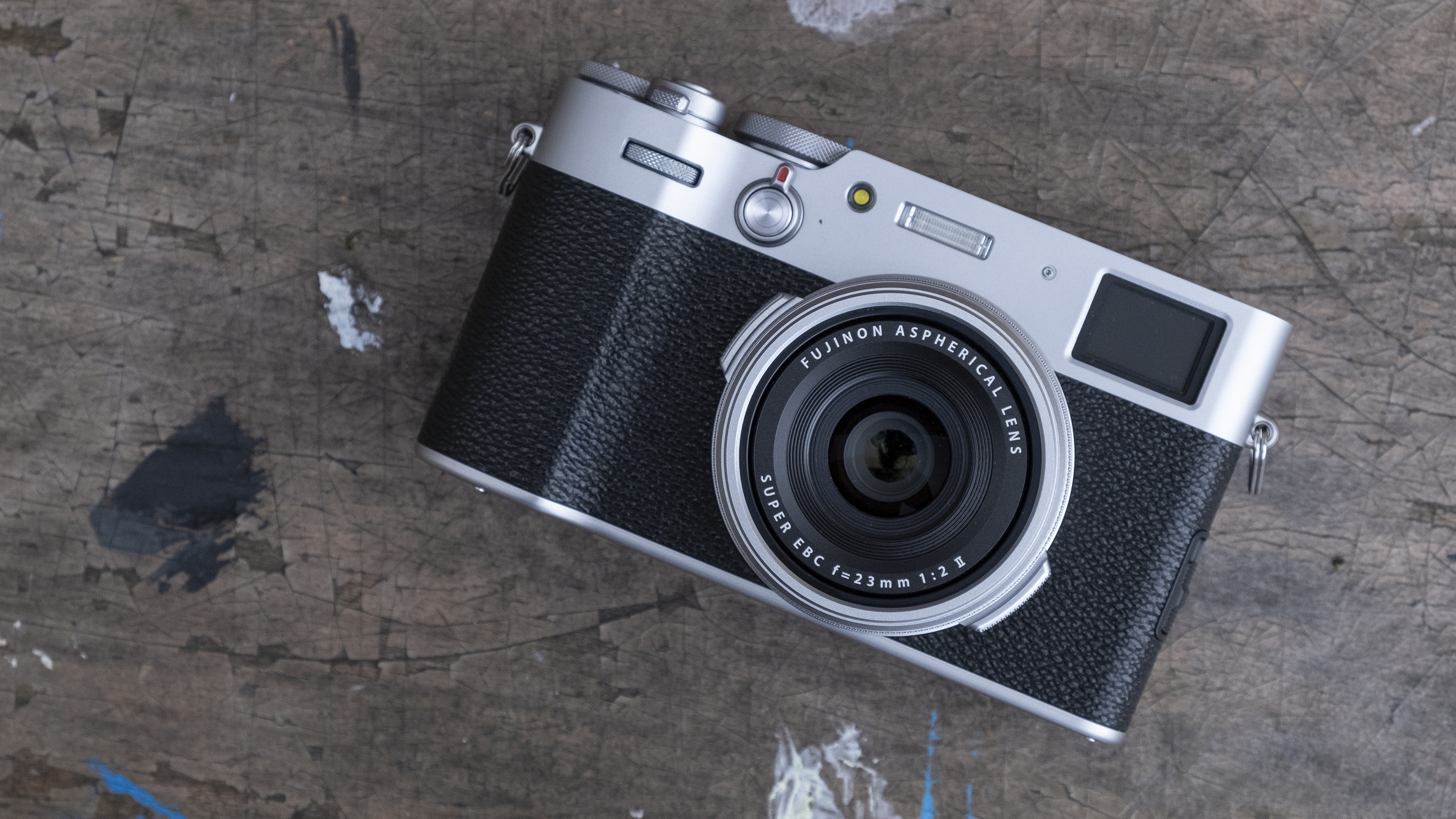
You're probably thinking - why not mention the Fujifilm X100V? Overall, the last-gen model is a fantastic camera but it's absolutely plagued by the 'Fujifilm curse' currently - meaning you're paying a hefty surcharge on the second-hand market due to popularity. This may gradually change over the next few months as more people off-load their old cameras, but right now, the X100V is almost as pricey as the new model so you're probably better off just waiting it out.
This is also the case for the X-Pro 3 and X-Pro 2 - both of which are excellent Fujifilm cameras with gorgeous range-finder style bodies and optical viewfinders. The X-Pro line still hasn't been refreshed to bring it into line with the X-T5 and X100VI so you're paying a premium for an older camera here, although the X-Pro 3 absolutely ticks all the boxes for a stylish retro camera.
One camera that may be worth keeping an eye out for is the Olympus PEN-F. This one is a dark horse being a Micro Four Thirds camera released in 2016, but it does feature a gorgeous range-finder design that harkens back to Olympus' glory days. The downside? It's surprisingly expensive for a camera of its age - likely because it's still a relatively unique camera in the Olympus / OM System range. For my money, the GX9 is the better value choice.
Sign up for breaking news, reviews, opinion, top tech deals, and more.

Alex is TechRadar's retail editor, specializing in deals, buying advice, and general tips on how to save our readers as much cash as possible. He's covered events like Black Friday and Amazon in some capacity for over seven years now; both in editorial and other ecommerce adjacent roles on TechRadar, T3, GamesRadar, and other Future PLC sites. Alex's expertise touches on most areas, but he has a particular love for phones, laptops, and cameras, being an avid photographer.
